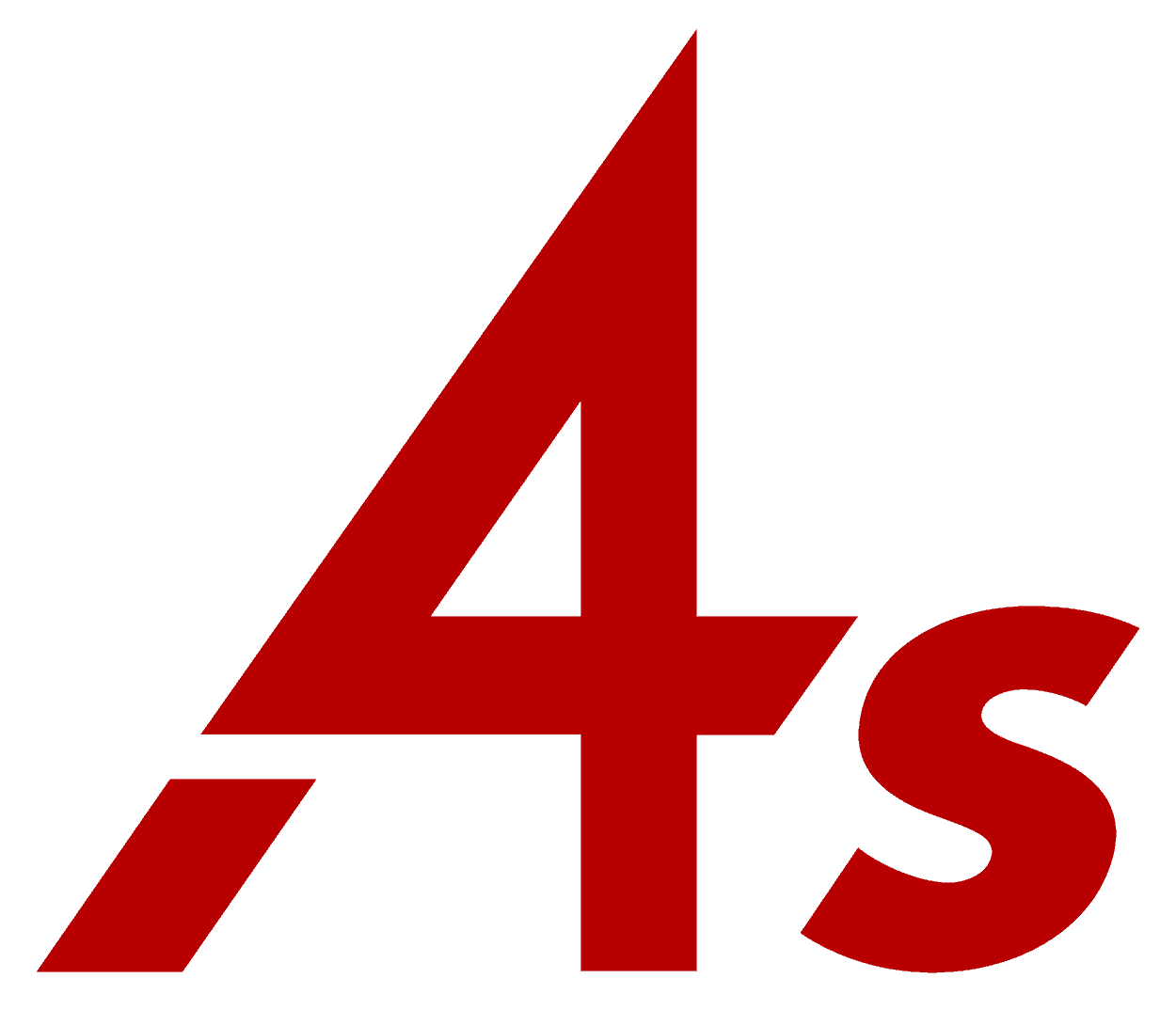Topic
- Government Relations
- Labor
On November 5, the Occupational Safety and Health Administration’s (OSHA) published its emergency temporary standard (ETS) that provides more details on implementing the Biden Administration’s COVID-19 vaccine mandate for large employers. On November 6, 2021, the United States Court of Appeals for the Fifth Circuit granted a legal stay of the ETS, pending further legal review. On the same day, OSHA announced that it “has suspended activities related to the implementation and enforcement of the ETS [Emergency Temporary Standard] pending future developments in the litigation.” The future of the ETS remains dubious due to pending legal challenges. While the final result is unknown, it will take weeks of planning for employers to comply with the ETS’s deadlines. Accordingly, agencies may want to continue preparing for the ETS as if it is going to take effect while litigation continues. To date, 16 states have sued or plan to sue over federal vaccine mandates.
Under the original ETS, employers with 100 or more employees must require employees to either be vaccinated or present a negative COVID-19 test weekly and wear a face covering while indoors. The ETS would have required employers to pay employees for time spent getting vaccinated and recovering from side effects, but would not require employers to pay for weekly COVID tests for unvaccinated workers. The current ETS also mandated that employers must meet the majority of their ETS obligations by December 6, 2021. The requirement for testing for employees who are not fully vaccinated would have begun on January 4, 2022. If the ETS stands up to legal muster, strict OSHA enforcement is expected with max. $13,650 fine per violation or $136,500 for willful or repeated violations. A summary of the rule and FAQ doc were also issued.
Also worth noting, the U.S. Equal Employment Opportunity Commission (EEOC) recently updated its COVD-19 guidance “addressing questions about religious objections to employer COVID-19 vaccine requirements and how they interact with federal equal employment opportunity (EEO) laws.”




